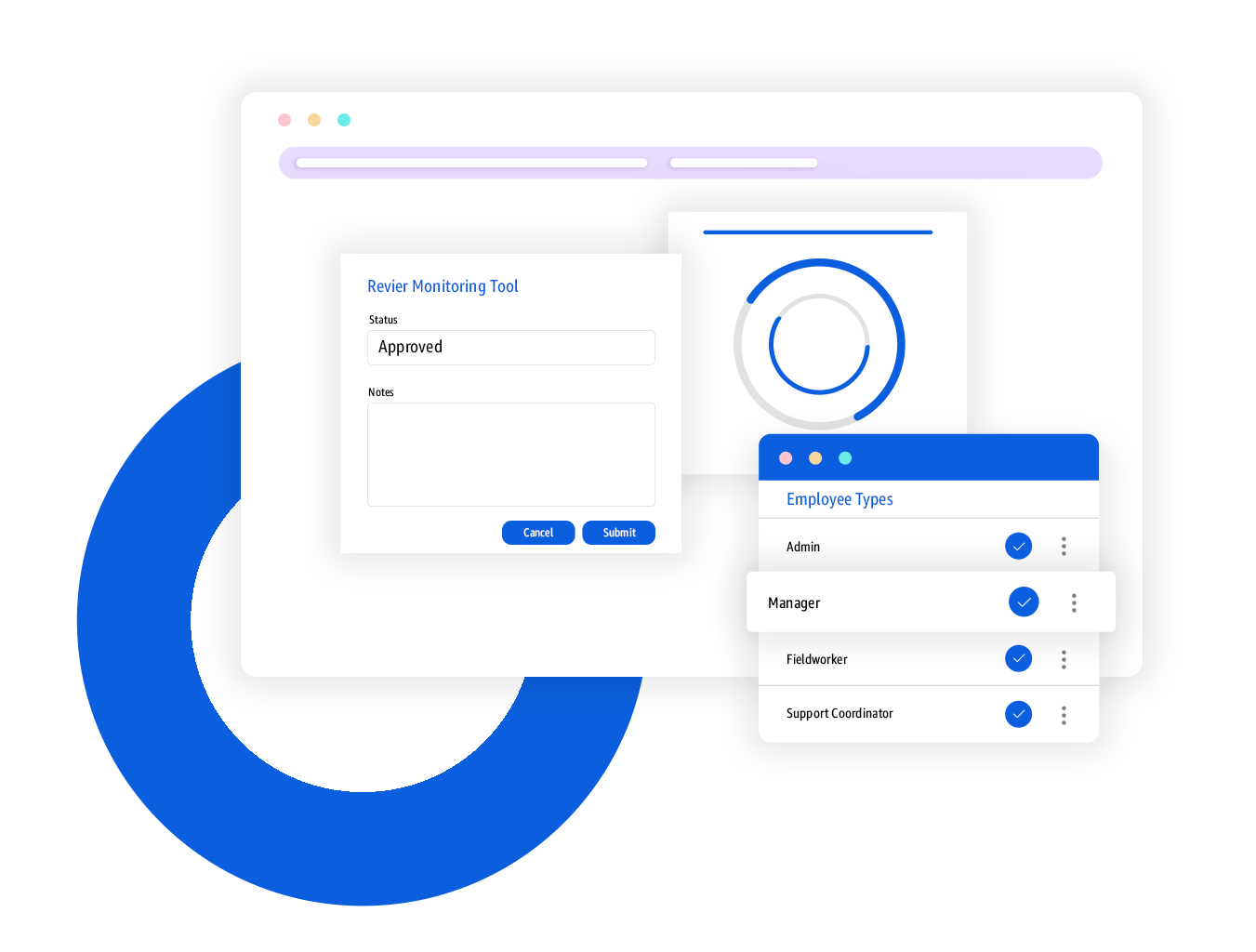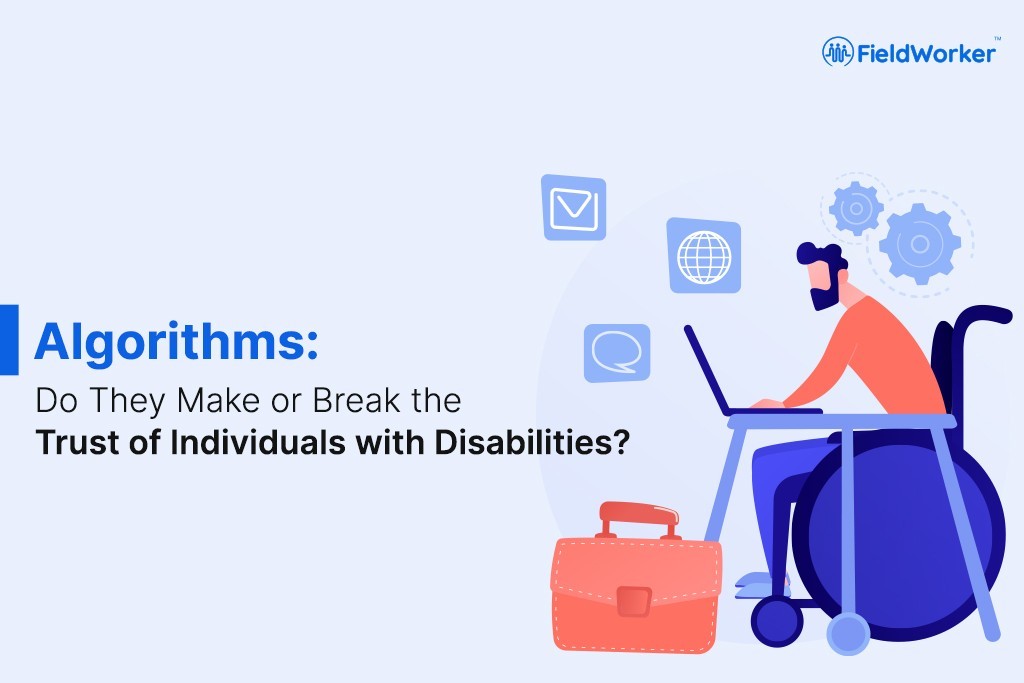The influence of technology in the healthcare industry is all in all a step forward, though there have been several mishaps along the way. In fact, supporters of technology have mixed concerns about its reliability because of its unpredictable nature.
For the less tech-savvy among us, an algorithm is an operation that solves a problem based on a series of actions – a simple example being a computer program. Even the search engine you use (like Google) searches its database using search strings and more.
American healthcare has taken huge leaps forward thanks to tech in recent decades, with Algorithms playing a key-role in the advancement and implementation of advanced A.I. (Artificial Intelligence) systems more recently. The idea behind this style of decision-making (that is Algorithmic based) eliminates human bias and fraud. With Government officials striving to ensure allocation of evenly-handed benefits.
Is There a Hidden Agenda with Algorithm’s In-home Care
The following account of Larkin Seiler is based on The Guardian’s article, “What happened when a ‘wildly irrational’ algorithm made crucial healthcare decisions”
Let’s take the case of Larkin Seiler. Seiler, 40 years old, has cerebral palsy. He works at an engineering firm, enjoys sports and games, and has relied on his support care worker to help with activities many of us take for granted, such as bathing and eating.
In the mornings, Seiler’s care worker would carry him out of bed, help him into his wheelchair, get him dressed, and assist him with his daily needs. This was back in 2008, before Seiler’s State (Idaho) made an automated algorithm-based system which cut his budget in half.
What Larkin feared most was ending up in an institution, as he would be unable to use the bathroom whenever he needed among other concerns, “It was awful, I can’t even get up in the morning if I don’t have help,“ he said.
Larkin is one example of an individual who – along with 12 million others – relies on in-home care workers for support with a lot of their daily needs. Seniors on a low income and other individuals with disabilities across Iowa, Pennsylvania, New Jersey, New York and other states were also impacted.
Unlike in the past, algorithms have become the arbiters of how allocation for home health care is being determined by which was solely a human activity; as it was taken care of by support workers, and nurses earlier.
Tina Smith Nelson, a supervising attorney with the AARP Legal Counsel for the elderly, admitted publicly that they had clients who lost their lives when asked about the system using algorithms, and this was because services were cut and necessary care restricted – all as “decided” by the algorithm.
Another major problem is the support and funding provided by both the state and the federal government, which is nowhere near enough for helping those needing support with in-home care, that is despite its proven cost-effectiveness in delivering care at home rather than central institutions.
These algorithms also present another problem with its random decision-making style, like the occasion with Arkansas Resident Tammy Dobbs. Tammy was receiving 8 hours a day of daily assistance with help from getting out of her bed to eating – she even used to write poetry, tend to her garden and fish too.
That all changed when a health care needs assessor showed-up at her home and asked questions based on a generic assessment for people and uploaded Tammy’s answers into the system. The computer’s answers (based on the algorithms) told her she would receive only 4 hours a day of help going forward. “I just started going berserk,” she said, as she couldn’t believe what she was experiencing.
In order to counteract the concerns with algorithms.We could start by taking baby step preventing the “bias” that tends to creep in from an algorithm’s conception with data collection, its implementation, and other areas; as bias has an effect of spilling over everywhere and must be urgently addressed at every stage.
When Technology Does Benefit People with Disabilities
One thing is for certain – algorithms don’t take into account complex human needs and social inequity.
As technology advances, rather than designing supposedly clever algorithms that replace the work and decision of humans involved in the care process, why not instead focus on using technology to empower them and amplify the work they do?
Case workers have the best overview of their patient’s needs and progress, including how their in-home care patients feel throughout their visits. Technology could aid them in their increasingly mobile-work, allowing them to effortlessly and seamlessly access information from anywhere in order to make the best decisions for their patients.
This is what FieldWorker was designed to do. FieldWorker gives case workers access to everything they need to know about the patient, their case notes and progress wherever they are. Additionally, it has been designed to comply with all State or Federal guidelines while making communication easier and faster.
Learn more on how FieldWorker helps make your organization more efficient here.

